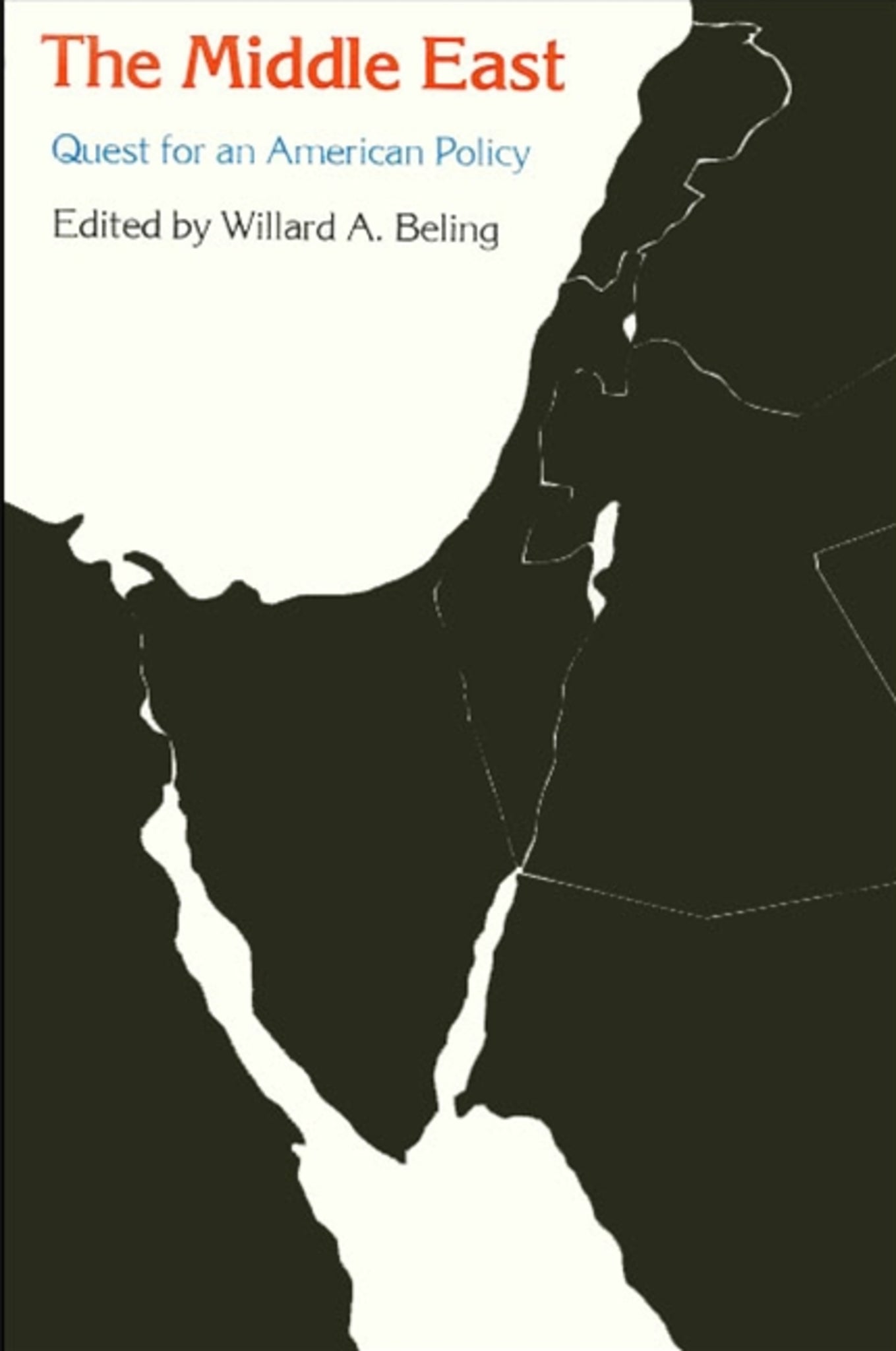We're sorry. An error has occurred
Please cancel or retry.
The Middle East

Some error occured while loading the Quick View. Please close the Quick View and try reloading the page.
Couldn't load pickup availability
- Format:
-
30 June 1976

In many respects this book represents a considerable departure from traditional works on international relations in the Middle East. Instead of offering partial explanations based on conventional approaches, this book attempts to incorporate studies with different methodological approaches and with the Middle East. Foreign affairs specialists offer balanced and linguistically neutral commentaries, while marshalling empirical data to support their analyses. The result is a broad synthesis which helps the reader see the larger picture despite its complexity.
The Middle East is considered as a subordinate system of the international political system in Part 1. The chapters in this section focus on the nations of the area and their interactions within the subsystem. The papers also examine the implications of these interactions to the nations outside the Middle East.
In Part 2 the scope of inquiry is enlarged to treat interactions between the major world powers and the nations of the Middle East.
Papers in Part 3 focus upon American foreign policy in the Middle East. This portion examines the roles of various special-interest groups such as the oil companies, Zionists, the United States Congress, newspapers, and religious bodies as they relate to the formation of American policy for the Middle East.
In essence, The Middle East is an "international relations" study of the Middle East. Additionally, it has new material-the treatment of religious influences upon the Middle East, the attitudes of some major newspapers towards the middle East conflict, and the domestic position of Israel regarding the Arab-Israeli conflict-seldom discussed in other works.


Preface
Acknowledgments
List of Contributors
Part I. The Middle East: Subsystemic Interactions
1. The Arabs and Israelis: Perceptual Dimensions to their Dilemma
Malcolm H. Kerr
2. Arabism: An Ecological Variable in the Politics of the Middle East
Willard A. Beling
3. The Arab Cold War
George Lenczowski
4. Israeli Diversity: The Problems of Internal Opposition
Don Peretz
5. The Palestinian Resistance Movement Since 1967
Michael Hudson
6. Conditions of Conflict Between Nations: An Overview of Middle Eastern and North African Nations
Roger H. Harrell
Part II. The International Political System: Interactions Between Major Actors and the Middle East
7. An Interaction Survey of the Middle East
Charles A. McClelland and Anne Ancoli Gilbar
8. American and Soviet Defense Systems vis-à-vis the Middle East
P. M. Dadant
9. The American-Soviet Mediterranean Confrontation and the Middle East
Ciro Zoppo
10. The Third World and the Middle East since the Six-Day War
Samir N. Anabtawi
Part III. American Policy Formation for the Middle East Forces at Work in a Domestic System
11. Domestic Influences on U.S. Foreign Policy in the Middle East: The View from Washington
William B. Quandt
12. Congress and American Middle East Policy
George Kent
13. Elite American Newspaper Opinion and the Middle East: Commitment vs. Isolation
Charles H. Wagner
14. Theological Perspectives on the Arab-Israeli Conflict
John B. Orr



